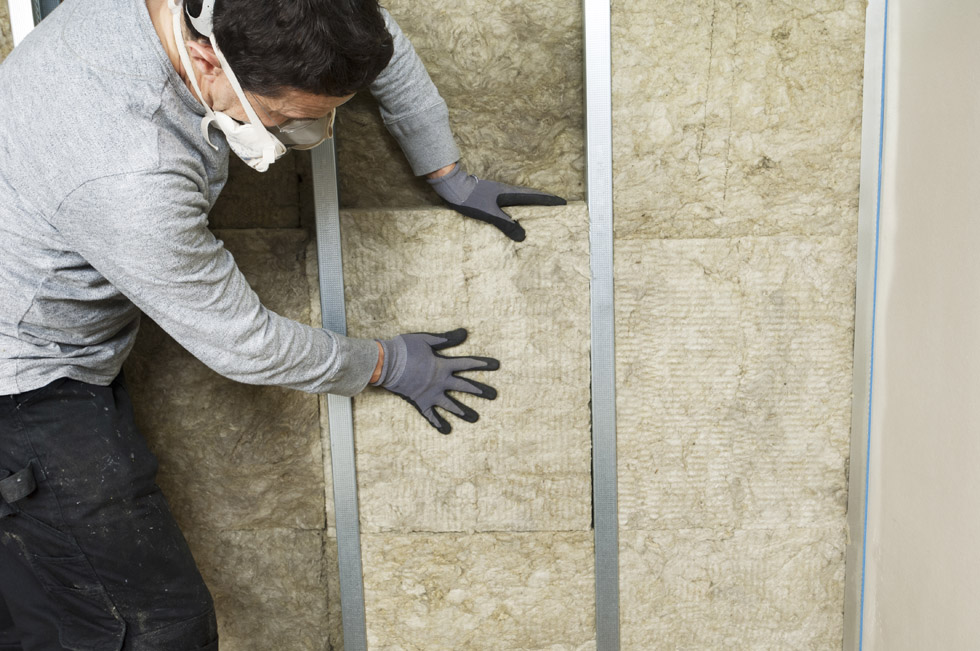Goodbye Green Homes Grant - 'A Really Good Idea Badly Executed'
Energy expert Tim Pullen reviews what went wrong with the Green Homes Grant

The point of the Green Homes Grant scheme was to help homeowners fund improvements in thermal efficiency. It was also in some respects a Covid-related job creation scheme.
When it was launched in September 2020, it was heralded as a great idea. It would raise awareness, reduce homeowners' energy bills, create jobs, stimulate the industry and give homeowners £5,000 towards reducing their carbon footprint.
But, if a camel is a horse designed by committee then what could have been a racehorse turned out to be a three-legged yak.
Why did it Fail?
The problems with the scheme were evident from the outset.
Firstly, the homeowner had to have a primary measure before qualifying for a secondary measure (when some of the secondary measures were cheap, easy fixes, such as draughtproofing).
Up to £5,000 for:
Primary Measures
Low carbon heating (eg. heat pumps)
New insulation
Solar thermal panels
Applicants had to install at least one primary measure to qualify for funding for a secondary measure.
Secondly, that if a grant was obtained for a heat pump it would be deducted from the Renewable Heat Incentive (when RHI is worth more than the grant).
And thirdly, but importantly, that only scheme-registered and TrustMark accredited installers could be used.
Bring your dream home to life with expert advice, how to guides and design inspiration. Sign up for our newsletter and get two free tickets to a Homebuilding & Renovating Show near you.
An unofficial poll carried out in October by Martin Lewis of moneysavingexpert.com found that 84% of the people that applied for the grant could not find a suitable installer.
The result was that in February 2021 just 6.3% of the budget allocated for the scheme had been used (according to Financialreporter.co.uk).
Secondary Measures:
Draught proofing
Double, triple or secondary glazing
Energy efficient doors
Hot water tanks
Thermostats
Heating controls
It may be said that this was all due diligence for a publicly funded scheme and therefore quite right and proper. The scheme was only ever intended to last for six months so was that much control really necessary?
Simply allowing homeowners to use an installer registered with any of the nationally recognised bodies would have completely changed the outcome.
The Green Homes Grant Offered Hope
The Green Homes Grant scheme was a really good idea, really badly executed. So badly executed that it might appear the government was simply waving a flag with no intention of ever planting it in the ground.
The Green Homes Grant is not the first green homes failure from recent years, and it can be easily compared to the RHI, which was introduced in November 2011.
The unofficial target of the RHI was to have 500,000 accredited installations in the first five years. It was touted as being a game-changer, unique in the world.
The government recognised that 19% of the total UK CO2 emissions came from home heating, and that RHI would help deal with that. We needed to kick-start the renewable heating industries in the same way that the Feed-in Tariff scheme did for the renewable electricity industry.

One of the official targets for the scheme was for 600,000 heat pumps to be installed by 2028. Ofgem tells us that as of March 2021 there are just 85,504 accredited domestic installations. Closure of the RHI scheme has now been extended to March 2022, and if that extension brings in another 10,000 installations it will be a surprise.
The RHI perhaps failed for the same reasons as the Green Homes Grant scheme did — too bureaucratic and insufficiently persuasive.
Whilst the RHI is set to be replaced by the Clean Heat Grant, there is no replacement for the Green Homes Grant for homeowners. As such, there is no incentive, no support and no encouragement for most homeowners to introduce energy-efficiency measures.
There have been calls from industry to reduce VAT on retrofit work to existing homes, but this has yet to be answered.
The Green Homes Grant scheme was a really good idea, really badly executed. So badly executed that it might appear the government was simply waving a flag with no intention of ever planting it in the ground. What the scheme really offered was hope.
Hope that the government finally understood that there are 28 million homes in this green and pleasant land that need their energy-efficiency improving. Most of those homeowners will need serious persuading to make the change, and nothing persuades quite as readily as cash.
Tim was an expert in sustainable building methods and energy efficiency in residential homes and wrote on the subject for magazines and national newspapers. He is the author of The Sustainable Building Bible, Simply Sustainable Homes and Anaerobic Digestion - Making Biogas - Making Energy: The Earthscan Expert Guide.
Tim's interest in renewable energy was first inspired by visits to the Royal Festival Hall heat pump and the Edmonton heat-from-waste projects. Moving to a small-holding in South Wales fanned his enthusiasm for sustainability. He went on to install renewable technology at the property, including biomass boiler and wind turbine.
He formally ran energy-efficiency consultancy WeatherWorks and was a speaker and expert at the Homebuilding & Renovating Shows across the country.

